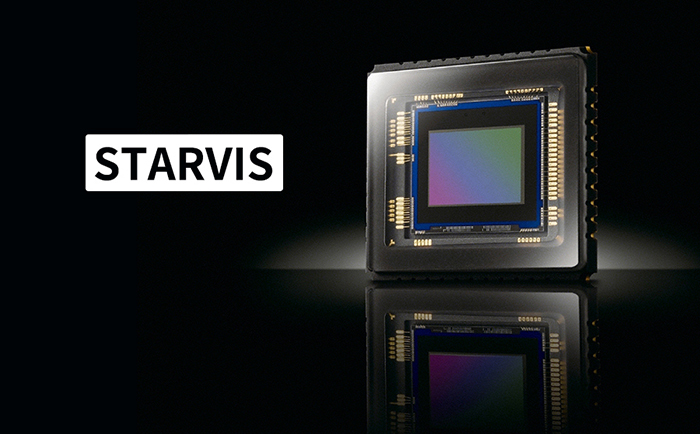With the continuous progress of technology, image sensors are playing an increasingly important role in various fields. In this field, Sony’s STARVIS CMOS technology is undoubtedly a revolutionary innovation. In particular, its ultra-high sensitivity performance revolutionizes the advantages and applications of image sensors.

SONY STARVIS CMOS
SONY FCB-9500 series HD camera module is the use of the new STARVIS CMOS sensor, due to this technology, will bring to the user what different experience?
Principle of STARVIS CMOS technology
Backlit architecture: STARVIS CMOS uses a backlit sensor architecture, which is different from the traditional front-lit architecture. In traditional forward-lit structures, light needs to pass through layers of components such as metal wires and transistors to reach the light-sensitive region, so light loss and interference occur. The backlit structure projects light directly onto the back of the pixel area, maximizing light sensitivity.
Photoelectric conversion efficiency: STARVIS CMOS uses a backlit structure to place photoelectric conversion devices (such as pixels) on the back of the photosensitive region to improve photoelectric conversion efficiency. In this way, light can be converted into electrical signals more efficiently, which improves the brightness and clarity of the image.
Noise control: The backlit structure separates the circuit elements in the sensor from the sensitive area, reducing the block of the circuit elements to the sensitive area. This helps reduce noise generation and improve image quality. In addition, the backlit structure also reduces the generation of dark currents and dark signals, further reducing noise levels.
Pixel design: The pixel design of STARVIS CMOS is also optimized to improve image quality and detail performance. Pixel size and arrangement density are precisely controlled to provide higher resolution and more accurate color reproduction capabilities.
Advantages and characteristics of STARVIS CMOS
1. high sensitivity
Light passes through the camera lens and into the image sensor. Through a photodiode, the light signal can be converted into an electrical signal. To achieve high sensitivity, the key is to find ways to efficiently collect light onto the photodiode.

STARVIS CMOS uses a backlit architecture with photodiodes positioned above the wiring layer. Since the light is not lost in the wiring layer, the light entering the photodiode can be greatly increased. After this improvement, the sensitivity is improved by about 4.6 times.
2. low noise
STARVIS CMOS uses SONY’s self-developed Super High Conversion Gain technology to amplify electrical signals while suppressing the effect of noise, so that low-noise images can be captured even in the dark. The low-noise image also helps to improve the visual and AI recognition accuracy.
3. Capture light that the human eye can’t see
STARVIS COMS can image clearly even in NIR (Near-Infrared) lighting, which is invisible to the human eye. Achieve high quality image capture in low illumination conditions. This makes it widely used in security monitoring, vehicle recorders, industrial detection and other fields to provide more accurate and reliable image information.

4. Prevent over-exposure
STARVIS CMOS has a High Dynamic Range (HDR) and can process images in high-contrast scenes. It reduces overexposure or underexposure of the image, providing more accurate image detail and color reproduction.
The HD camera modules FCB-EW9500H, FCB-EV9500M and FCB-EV9500L, using SONY’s new STARVIS CMOS sensor, offer many outstanding features, including high sensitivity, high definition, high motion wide motion, starlight night vision, and more. Widely used in security monitoring, high-speed ball, UAV pod, intelligent medical and intelligent transportation and other fields, can cope with a variety of complex external environment, output high-definition, more real color images.
People tend to feel uneasy about the “invisible” parts of their daily lives. STARVIS CMOS achieves sensitivity beyond the human eye. In addition, STARVIS CMOS technology continues to evolve in order to capture infrared light that the human eye cannot perceive or to shoot scenes with extremely strong contrast between light and dark.
— Some data refer to SONY’s official website
 Sony FCB camera block
Sony FCB camera block